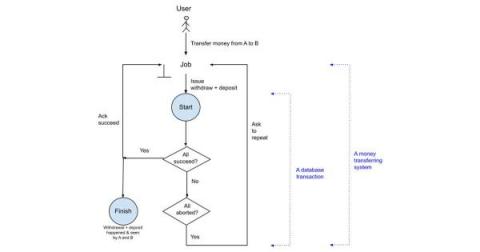Compactor: A Hidden Engine of Database Performance
This article was originally published in InfoWorld and is reposted here with permission. The compactor handles critical post-ingestion and pre-query workloads in the background on a separate server, enabling low latency for data ingestion and high performance for queries. The demand for high volumes of data has increased the need for databases that can handle both data ingestion and querying with the lowest possible latency (aka high performance).











